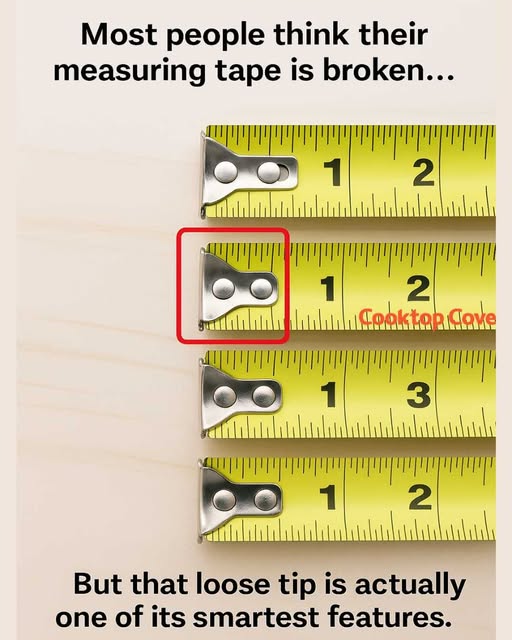ADVERTISEMENT
The beauty of these techniques is that they’re accessible to any home cook with a bit of practice and understanding. Once you know how to use them, they’re guaranteed to elevate your dishes.
### The Science Behind It
At first glance, these techniques may seem intimidating, but there’s really no reason to be afraid. When you break them down, they’re simple to understand and execute. The science behind them is what makes them work so effectively.
#### **The Sous-Vide Method**
Sous-vide cooking is all about precision and consistency. In sous-vide, you cook food in a vacuum-sealed bag in water at a precise temperature—usually much lower than traditional methods like boiling or grilling. This ensures that the food cooks evenly, preventing overcooking and preserving moisture. The slow, even cooking also results in a more flavorful dish, as the ingredients have more time to infuse flavors into one another.
The key to sous-vide is controlling the temperature. Most dishes cooked sous-vide are cooked at around 130°F to 160°F, which is much lower than the temperature of boiling water (212°F). By maintaining a steady, lower temperature, the proteins and vegetables break down in a way that results in tender, juicy textures. For example, when you cook steak sous-vide, the meat remains evenly cooked throughout without being dried out.
#### **Brining**
Brining, on the other hand, is all about enhancing flavor and moisture retention. When you soak meat or vegetables in a saltwater solution, the salt helps draw moisture into the food, resulting in a juicier end product. It also helps the food absorb and retain more flavor, creating a deeper, more vibrant taste.
The key here is to use the right ratio of water to salt. Too much salt can make the food too salty, while too little can render the technique ineffective. The ideal ratio is typically around 1/4 cup of salt for every quart of water, but you can adjust this based on your preferences and the type of food you’re preparing.
### How to Apply This Technique in Your Own Cooking
Now that you understand the basics of the technique, let’s dive into how you can apply it in your own cooking. Below, I’ll guide you through a few ways to use this newfound knowledge to elevate your dishes. Whether you’re cooking steak, chicken, or vegetables, these techniques will ensure you get the best possible results.
#### **1. Using Sous-Vide for Perfectly Cooked Meats**
Sous-vide is an excellent method for cooking meats like steak, chicken breasts, or pork chops. The key to sous-vide cooking is ensuring that your meat stays perfectly cooked throughout, without overcooking or drying out. Here’s how to do it:
– **Step 1:** Season your meat with salt, pepper, and any additional spices or herbs you prefer. For example, rosemary and garlic go beautifully with beef, while lemon and thyme pair well with chicken.
– **Step 2:** Place the meat in a vacuum-sealed bag and remove all the air. If you don’t have a vacuum sealer, you can use a Ziploc bag and the water displacement method, which works just as well.
– **Step 3:** Set your sous-vide machine to the desired temperature. For steak, aim for around 130°F for medium-rare, while chicken should be cooked at around 140°F.
– **Step 4:** Submerge the bag in the water bath and cook for the recommended time (usually between 1-4 hours depending on the thickness of the meat).
For Complete Cooking STEPS Please Head On Over To Next Page Or Open button (>) and don’t forget to SHARE with your Facebook friends
